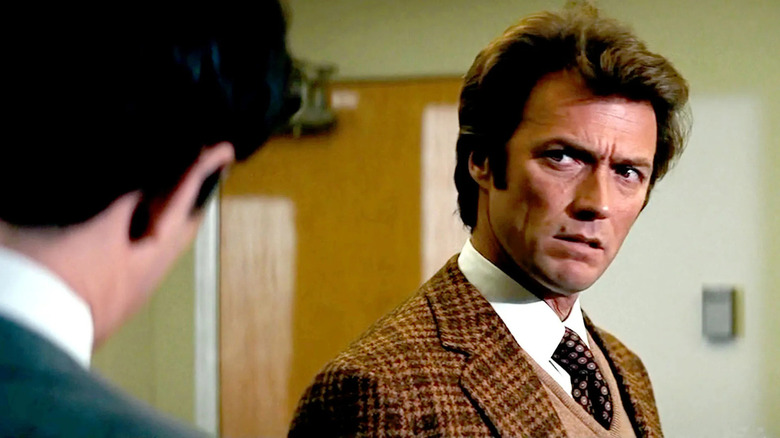We could obtain a fee on purchases made out of hyperlinks.
Product placement is a prevalent facet of filmmaking. Generally, it is hilariously horrible (like the way in which most Michael Bay films deal with it), however at different occasions it is seamlessly built-in into the remainder of the movie (as is the case in “Jurassic World,” surprisingly sufficient). Nonetheless, there’s a distinction between product placement getting used to populate a cinematic world with recognizable manufacturers and when it is a mandate from above — whether or not it is to alleviate the finances or as a result of the studio behind a film is owned by a conglomerate that makes sodas.
Such was the case when, in 1982, Coca-Cola acquired Columbia Photos for three-quarters of a billion {dollars}. This, in flip, gave rise to an period of blatant product placement, whether or not it was E.T. consuming a bunch of Reese’s Items or “Again to the Future Half II” that includes a lot Pepsi product placement that it was actually part of the plot. Such was additionally the case with one of many largest hits to emerge from Columbia Photos underneath the Coca-Cola regime: “The Karate Child.” Directed by the late John G. Avildsen, the movie overcame a quiet field workplace debut to start an enormous franchise and finally cemented itself as among the best household films of all time.
“The Karate Child” was virtually a really totally different film, nonetheless — one helmed by none apart from legendary actor turned filmmaker Clint Eastwood. Solely, after Eastwood handed on directing the film, he determined to wage conflict on Coca-Cola and ban all its merchandise from his films.
Clint Eastwood’s son auditioned for Daniel LaRusso however did not get solid
Clint Eastwood is not any stranger to taking private grudges severely. His feud with Spike Lee over the shortage of Black troopers in “Flags of Our Fathers” received so unhealthy it took Steven Spielberg mediating earlier than they made peace. Nonetheless, that is nothing in comparison with Eastwood’s long-lasting feud with Coca-Cola.
It began when Eastwood’s eldest son, Kyle, made his performing debut in his father’s 1982 musical western comedy-drama Honkytonk Man” and determined to try to be a part of an enormous new venture. Talking with The Guardian in 2007, Kyle Eastwood talked about auditioning to play Daniel LaRusso in “The Karate Child.”
“I used to be really keen to do it,” the youthful Eastwood stated when requested if he had turned down the position. “My father was wanting on the script initially after which determined to not do it. He had talked about it to me and stated he thought it was an attention-grabbing half. He ended up passing the script on to any individual else and it ended up turning into ‘The Karate Child.'”
In the meantime, actor Sondra Locke, who was Clint Eastwood’s accomplice within the ’80s, supplied a barely totally different perspective. In her autobiography “The Good, the Dangerous, and the Very Ugly,” Locke stated that the elder Eastwood agreed to direct “The Karate Child” for Columbia Photos on the situation that “Kyle performed the lead, however they’d refused. Clint without end extra banned Coca-Cola from his sight.” After that, Clint Eastwood by no means drank Coke in his films once more.
As for Kyle Eastwood, he was not the one nepobaby who auditioned for the main position in “The Karate Child.” Everybody from Robert Downey Jr. to Charlie Sheen additionally tried out earlier than the half went to Ralph Macchio. Throughout an look in “The Tonight Present Starring Jimmy Fallon,” Macchio as soon as recalled seeing Sheen in between auditions, noting that he did not look “like an Italian man from Jersey.”









